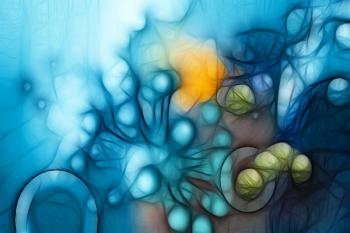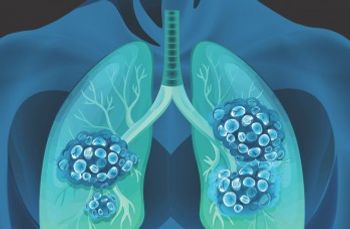
Younger Non-Hispanic Black Patients With AML Have Worse Overall Survival Rates Than White Patients
Data published in Cancer Discovery determined Black patients with acute myeloid leukemia have considerably worse overall survival rates than White patients with the same disease.
White patients with acute myeloid leukemia (AML) appear to benefit more from recent therapy developments compared with non-Hispanic Black patients in the United States, according to data published in Cancer Discovery.1
Specifically, the investigators explain that socioeconomic factors and differences in disease biology both contribute to the survival disparities discovered between each group of patients in this research.
“Our study shows that survival disparities for Black [patients with AML] persist even in the era of improved understanding of the disease and refined genomic classification of AML,” wrote the investigators. “This is particularly noticeable for younger patients, who, in general, have a higher chance of cure.”
Using data compiled from the Surveillance Epidemiology and End Results (SEER) Program, the research team analyzed survival of 25,523 Non-Hispanic Black and White adult patients with AML. Mutational profiling was performed on 1339 patients treated on frontline Alliance for Clinical Trials in Oncology (Alliance) protocols.
For both the SEER database and settings of Alliance trials, Black patients had shorter overall survival (OS) rates than White patients (3-year rates, 34% vs 43%, P <.001). Specifically, after adjusting for socioeconomic and molecular factors, the data for both settings found a pronounced difference for Black patients under the age of 60 years. Compared with the rest of the patient factors assessed, Black race was an independent prognostic indicator of poor survival outcomes.
Further research of gene mutation profiles found fewer NPM1 but more IDH2 mutations in younger Black patients with AML (NPM1, 25% vs 38%, P = .04; IDH2, 17% vs 8%, P = .03). While overall survival for younger Black patients was negatively impacted by IDH2 mutations and FLT3-ITD, but not improved by the presence of NPM1 mutations. Comparatively, White patients saw higher OS rates with the presence of NPM1 mutations.
“Our data show that Black patients harbored NPM1 mutations less frequently than White patients and NPM1-mutated [disease in] Black patients [led to] significantly worse OS than NPM1-mutated [disease in] White patients,” wrote the investigators. “Because younger [patients with] NPM1-mutated [disease] who achieve clearance of the NPM1 mutation during remission are usually not considered for more intensive treatment such as [allogeneic stem cell transplant], these risk discrepancies have additional implications for Black [patients with] AML.”
Moving forward, larger and prospective studies are needed to further evaluate the discrepancies between OS for the different racial cohorts. The research should focus on investigating the differences in AML biology that could contribute to the different survival rates.2
The data was presented at the 62nd Annual Virtual Meeting of the American Society of Hematology in December and simultaneously published in Cancer Discovery.
“Given the observed differences in gene mutation profiles and the associations between specific gene mutations and outcome, it is imperative that both socioeconomic factors and differences in disease biology are taken into account in order to more appropriately tailor the care of Black AML patients and, ultimately, resolve this survival disparity,” wrote the investigators.
References:
1. Bhatnagar B, Kohlschmidt J, Mrozek K, et al. Poor Survival and Differential Impact of Genetic Features of Black Patients with Acute Myeloid Leukemia. Cancer Discov. December 4, 2020. doi:10.1158/2159-8290.CD-20-1579
2. Study: Young Black Patients With AML Have Worse Treatment Outcomes. News release. OSUCCC - James. December 4, 2020. Accessed January 22, 2021.
Newsletter
Stay up to date on recent advances in the multidisciplinary approach to cancer.



















































































